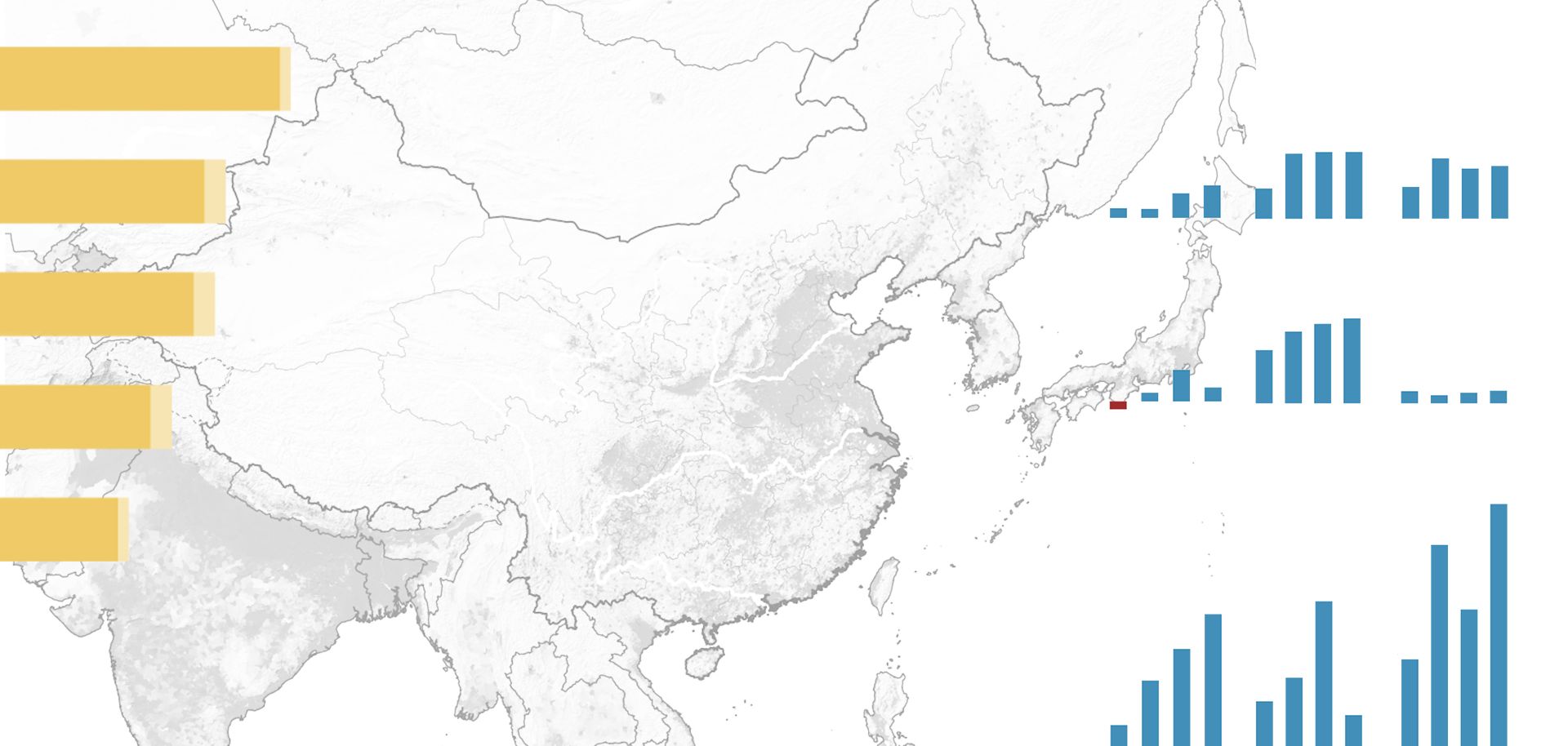
Law enforcement and government officials have already begun their investigation into the April 15 Boston Marathon bombings that killed three people and injured more than 170. The initial hours following any incident like the Boston attack are marked by a reaction to events: First responders treat the wounded and bring them to hospitals, explosive ordnance disposal teams hunt for additional devices — several of which were reported in Boston soon after the attack — and law enforcement begins to search the area for potential suspects. Authorities then begin a period of information collection and reconstruction in which every detail or lead is catalogued. Forensics teams pour over the scene of the two explosions. Even when a bomb explodes, much of its physical material is still left over. From these pieces, investigators can determine what material was used to make the weapon; gather fingerprints, DNA or fiber evidence on the fragments; or identify the components used to construct the device and the chemical composition of the explosive material. They can also determine what specific techniques the bombmaker used in constructing the device, which together are known as a bombmaker's signature. Besides the device itself, investigators will also collect images and videos taken of the scene as well as eyewitness accounts of the incident. A major public event like a marathon in a modern metropolitan center is blanketed with recording devices. Traffic, security and ATM cameras, as well as smart phones and TV cameras, will cover nearly every angle and make it nearly impossible for a person moving through the area to avoid being observed, potentially allowing authorities to put together a physical description of a suspect or suspects. This process can be slow, but it is absolutely imperative that it is done cleanly and deliberately. Detailed, thorough work during the investigation builds the foundation for capture and prosecution.



